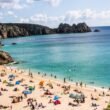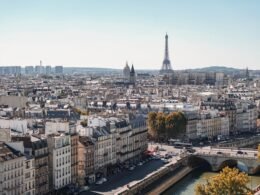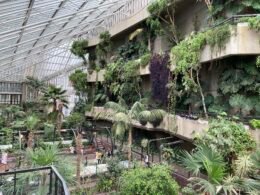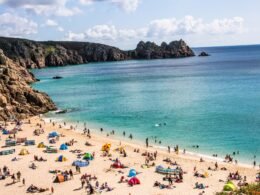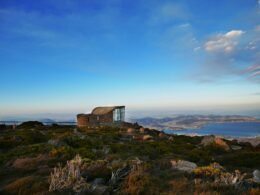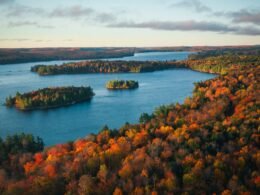The Land of Fire and Ice is known for its vast, mossy lava fields, explosive geysers, sweeping green valleys, unspoiled glaciers, and breathtaking waterfalls. The country also has a small yet diverse art scene, with Reykjavík as its central hub.
Iceland is an island steeped in mythology, magic, and natural beauty. Much like the Huldufólk, or “hidden people,” the mythical race of supernatural beings who serve as helpful or harmful spirits in Icelandic folklore, Iceland is a country of mystery and contrasts.
With a population of just over 350,000, the island itself is almost 2.5 times smaller than the UK, yet there’s a surprising amount to see, do and experience in the country that is home to Björk, Hákarl, and Brennivín. Here’s our guide to five hidden gems.
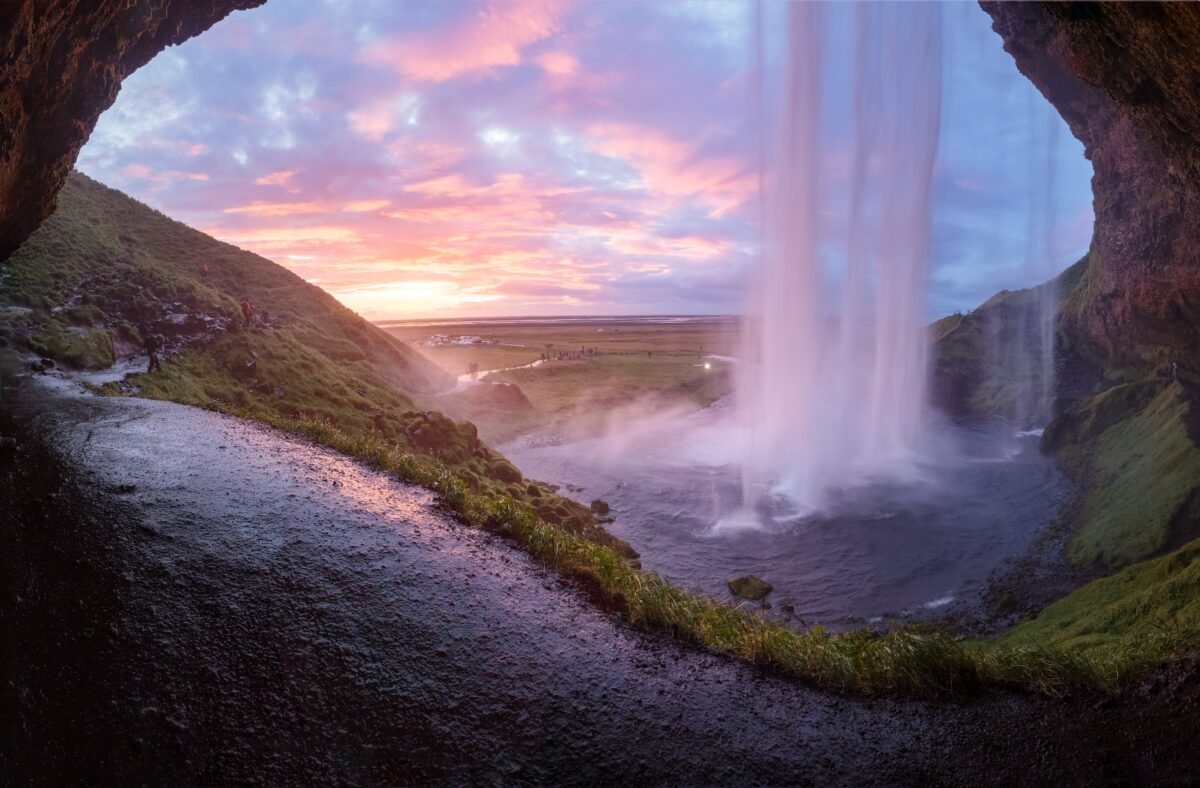
1. Vallanes: Organic Farming In The East
Agriculture has been at the heart of Icelandic communities for centuries. Vallanes farm is a working organic farm in the East of Iceland, and it makes for an excellent base to sample some local produce while exploring the region, known for its lakes, hiking trails and Hallormsstaður National Forest, the country’s only national birchwood forest.
The farm produces organic food and cosmetics, primarily barley-based products and vegetables. They market their produce under the brand name Móðir Jörð, which means Mother Earth in Icelandic. The farm has been the temporary home for many scholars and writers over the years, serving as an excellent source of inspiration.
Accommodation is available right in the heart of the farm in a self-contained guesthouse. Places of interest in the surrounding area include the community centre in Iðavellir, the East Iceland Equestrian Association, the nearby town of Egilsstaðir, and the country’s deepest lake, Lagarfljót.
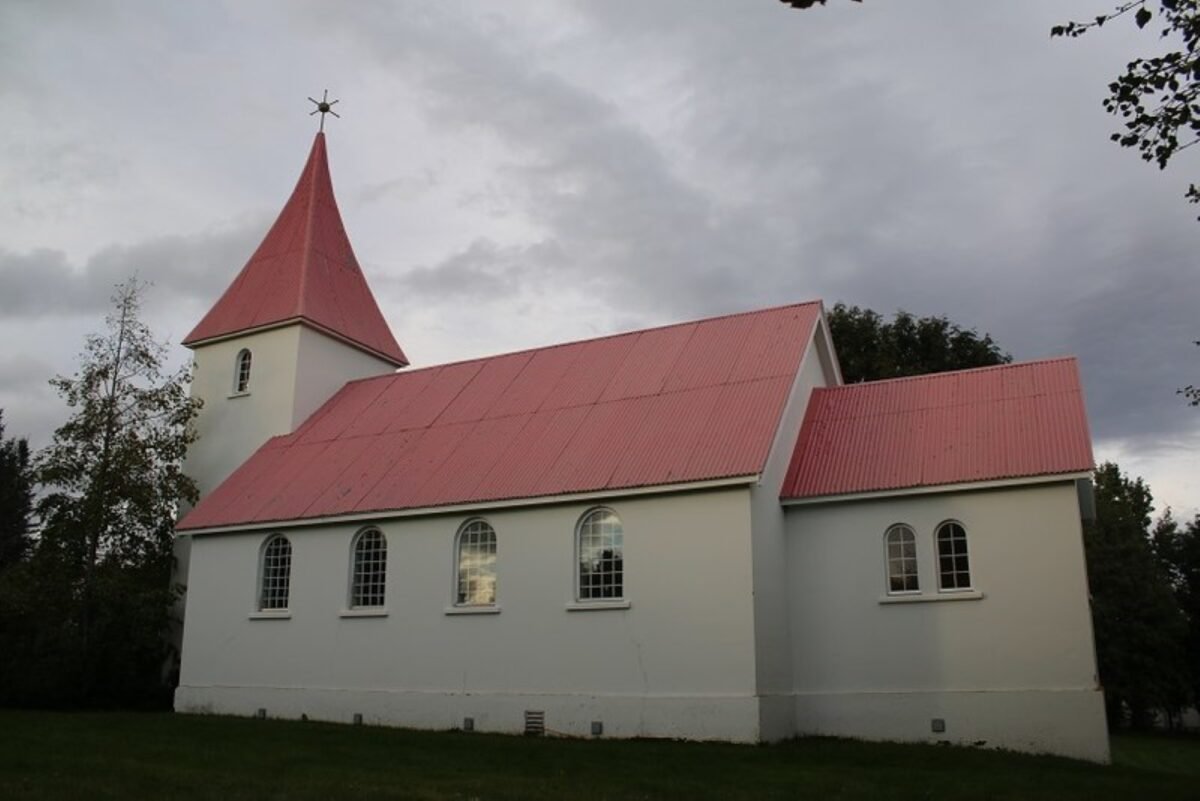
2. Hrossaborg: A 10,000-Year-Old Crater
Hrossaborg is a little-known tephra and scoria crater in Northeast Iceland. Its name translates as “Horse Castle” since thanks to the concave shape it served as a shelter for the weary horses of travelers in days gone by. Travelers were common in the region since farmers from Lake Mývatn used to graze their horses there. Today, it’s much less well-known, but well worth a visit if you want to feel like you’re walking on the Moon with your feet firmly on the Earth.
The crater is around half a kilometer in diameter and resembles an auditorium. It can be reached via the Route 1 road, which is the national ring road in Iceland. It circles the entire country, though the crater itself is in quite a remote location, east of the village of Reykjahlíð, which is next to Lake Mývatn. Renting a car is going to be your best option. A four-wheel-drive vehicle is mandatory, and the crater can only be visited during the summer months.
3. Hornstrandir: Iceland’s Northernmost Nature Reserve

Hornstrandir is a nature reserve and the northernmost peninsula of the country. It is accessible through the magical Westfjords region and it’s definitely one for the more adventurous types. It’s an excellent spot for hiking and camping but bear in mind that it’s only open to travelers in the summer months: May to August.
Hornstrandir is perhaps the most remote part of the island, making it impassable in the other seasons due to extreme weather conditions. If you’re visiting before 15th June, it’s mandatory to register your trip with a local ranger.
The entire peninsula is a nature reserve and there aren’t any roads. If you’re searching for vast unspoiled black-sand beaches, breathtaking sheer cliff faces, arctic foxes, terns, and black guillemots, this is the place for you. Of course, it’s an excellent location for those with a keen eye for photography.
Just getting there will be an adventure in and of itself. If you’re starting in the capital, the simplest way to get there is by flying from Reykjavík to Ísafjörður, the largest town in the Westfjords. The flight path takes you over the gorgeous scenery of the Westfjords. Alternatively, you could rent a car, either way, it will be a joy.
Once you arrive in Ísafjörður, there are daily ferries to the Hornstrandir peninsula. Sjóferðir is perhaps the most well-known ferry company. Remember to pack plenty of warm clothing and to wear robust footwear, even though it will be summer.
4. Mývatn Nature Baths
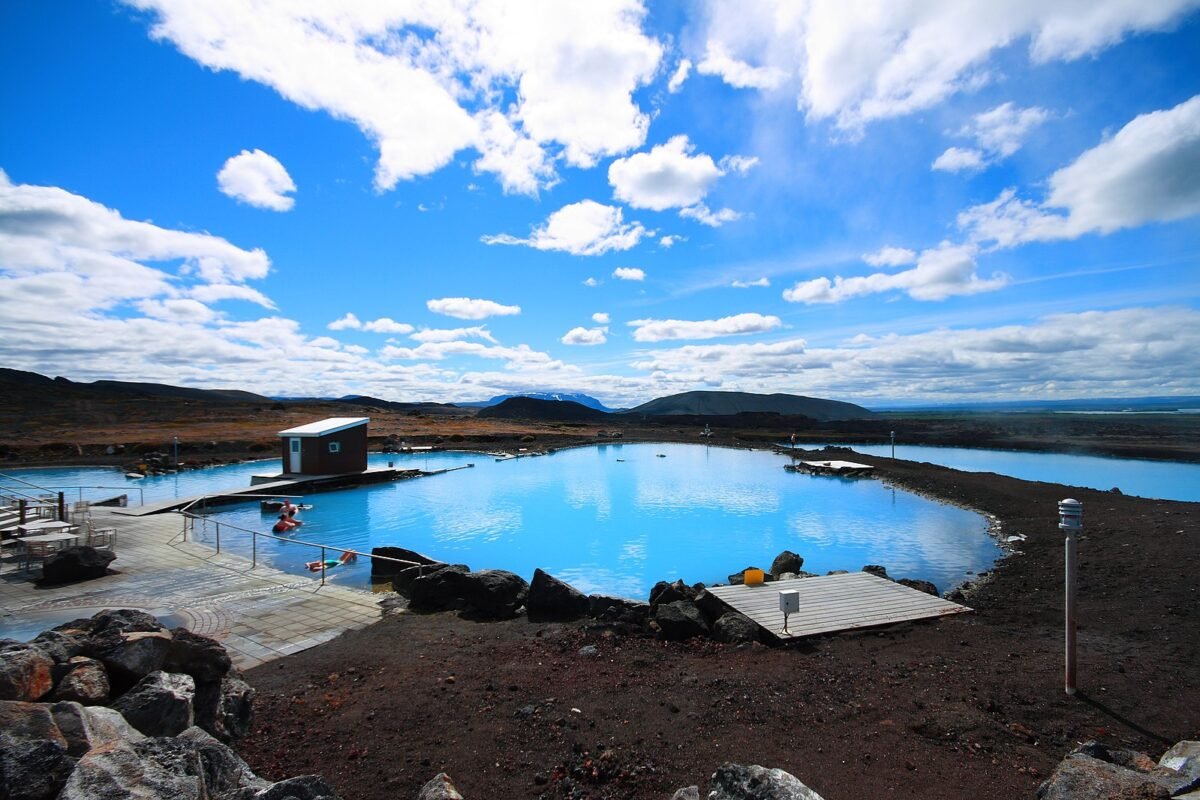
While everyone else is flocking to the legendary Blue Lagoon in the capital, why not veer off the beaten path up to Lake Mývatn? Iceland is unlike anywhere else on the planet, thanks to its geothermal energy and plethora of hot springs. Mývatn Nature Baths are at the opposite end of the country to the Blue Lagoon, but are much less well-known. The baths themselves are close to Mývatn Lake, a stone’s throw from an actual volcano.
What’s great about Mývatn Nature Baths is that they’re likely to be much less crowded than their Southern counterpart and can be enjoyed all year round. Mývatn is about 15km from the northern capital Akureyri and the baths will be a welcome respite for the weary traveler wishing to sink into the warm, milky blue waters after a day of hiking or sightseeing. The baths also offer a swim-up bar and steam baths, while the nearby Mývatn Lake is an excellent spot for wildlife lovers thanks to its array of waterbirds and fascinating plant life.
5. Gásir: The Northern Lights
Among all of the attractions that pull travelers into its orbit, the Northern Lights, or Aurora Borealis, has to be among the most well-known in Iceland. What’s less well-known is Gásir, the ex-medieval trading post situated 13 km north of the country’s northern capital, Akureyri.
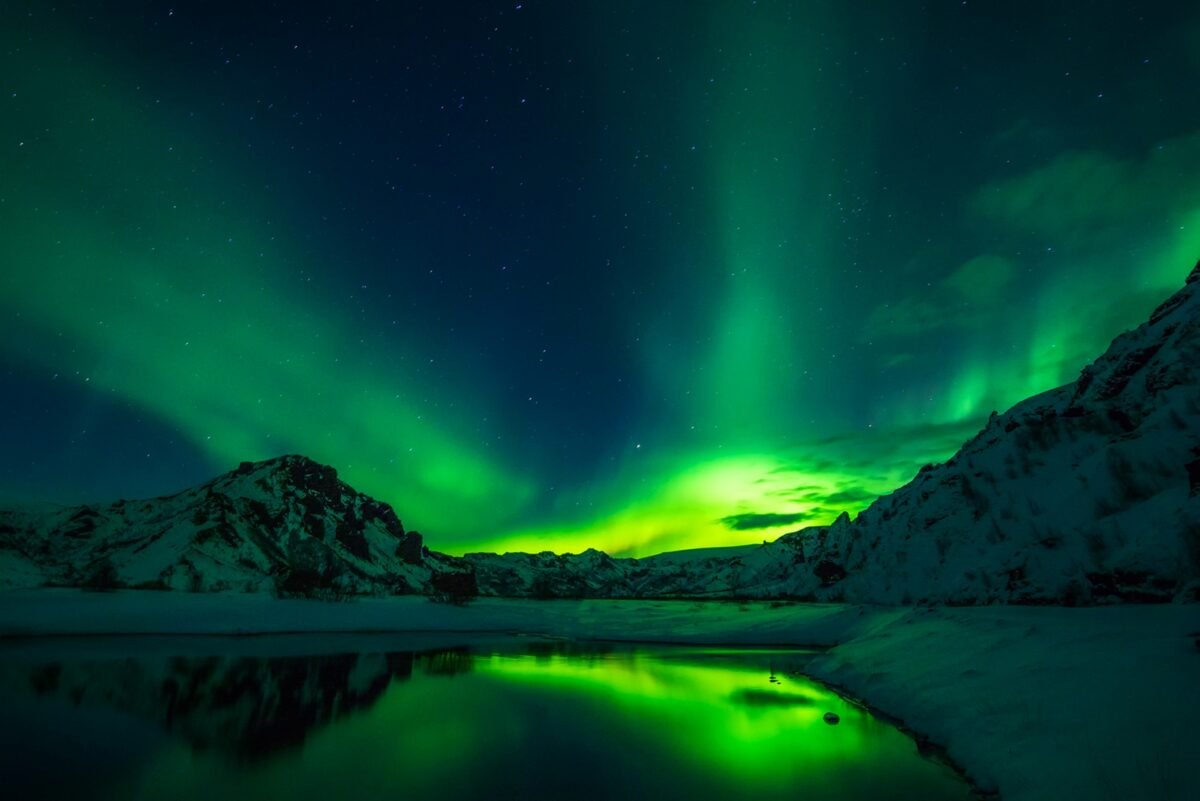
Thanks to its lack of light pollution and wide-open spaces, Gásir makes for the perfect site for spotting the Northern Lights in all their splendor. Gásir is easy to reach from Akureyri by car, and although the Northern Lights can be seen throughout the year in Iceland, between September and April is generally thought to be the best time thanks to the long, dark nights, which will make for a cosmic spectacle like no other.
Keep It In A Hidden Place
As Björk suggests in the opening track of her 2001 album Vespertine, perhaps things of great beauty should be kept “in a hidden place”. The same is true of the best spots in Iceland. For the intrepid traveler, if everyone were to know about them, if they were shouted about from the rooftops, perhaps they’d lose their luster. Iceland has plenty to offer, and we’re sure that there are many more hidden gems to discover in the Land of Fire and Ice.



